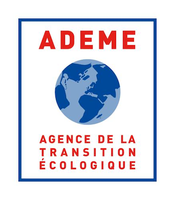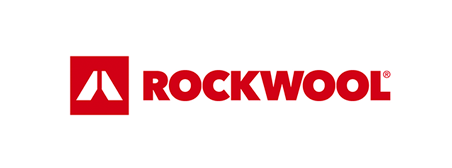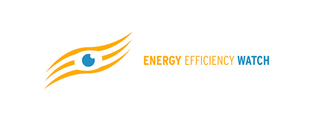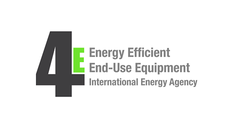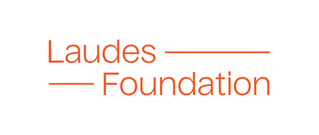Search eceee proceedings
Stuff, Skills and Stories: Social practices of secondary school sustainability in the UK
Panel: 7. Policies and programmes for better buildings
Author:
William Finnegan, University of Oxford, Environmental Change Institute, United Kingdom
Abstract
School buildings will play an important role in the UK net-zero emissions strategy. Schools represent an opportunity for both demand reduction and decarbonisation, with the UK Department for Business, Energy & Industrial Strategy identifying the education sector as a priority for cost-effective energy savings. School communities are also demanding support for sustainability, with over 750 school leaders joining the “Let’s Go Zero” campaign, led by the charities Ashden and Global Action Plan, in which they declare their aspiration to operate with zero carbon emissions by 2030.
Schools are places of teaching and learning, with school climate action empowering future generations and positively impacting the surrounding community. The UNESCO model of whole-school sustainability emphasises the relationship between the facilities, classroom learning, and preparing young people for the future, with environmental and sustainability educators referring to the five Cs of climate education: curriculum, campus, culture, community and careers.
This qualitative study of secondary schools in England involves stakeholder interviews and student focus groups at twelve schools in Greater London and the Thames Valley Region (Berkshire, Buckinghamshire, Oxfordshire). School sustainability is explored through the lens of social practice theory, with teachers, students, parents, governors and school staff (leadership, facilities, finance) reflecting on the stuff, skills and stories that enable more or less sustainable activities in terms of energy, transport, food and waste.
This research provides insights for schools that aspire to decrease their environmental impact while engaging young people and other school stakeholders with climate and nature both inside and outside the classroom. It also reveals a potential divide between state (government funded) and independent (privately funded) schools when it comes to environmental and sustainability education, empowerment and action.
Downloads
Download this display as pdf: 7-156-22_Finnegan_display.pdf
Panels of
1. Dynamics of consumption: less is more?
2. Efficiency and beyond: innovative energy demand policies
3. Policy, finance and governance
4. Monitoring and evaluation for a wise, just and inclusive transition
5. Towards sustainable and resilient communities
6. Energy-efficient and low-carbon mobility for all
7. Policies and programmes for better buildings
8. Innovations in products, systems and building technologies











